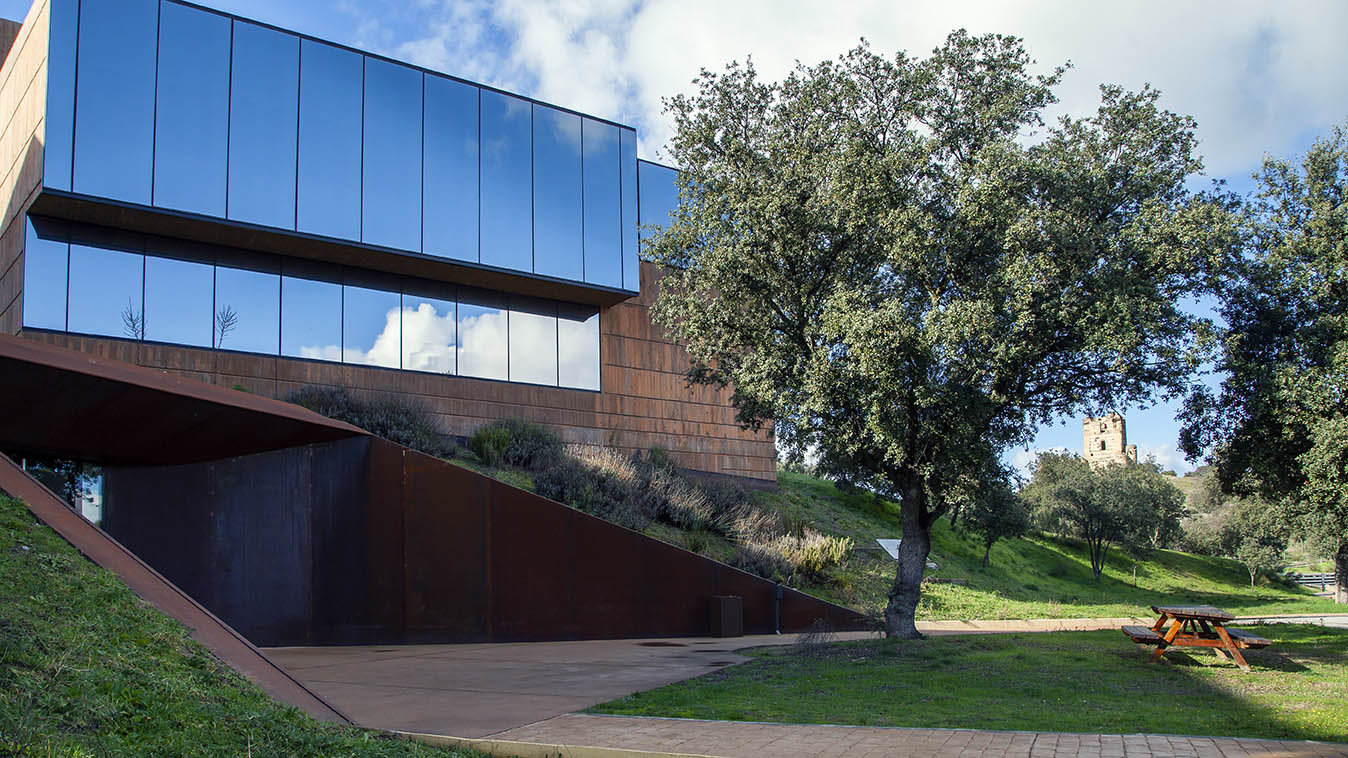To address these fundamental questions, research at CAB is focused on the following Areas:
- Formation and evolution of galaxies, the interstellar medium, stars and planets: Extragalactic and stellar astrophysics, comparative planetology and molecular astrophysics.
- Molecular evolution and adaptation: Prebiotic chemistry; molecular adaptation of replicative systems; metabolic and environmental-dependent molecular adaptation; molecular biomarkers.
- Evolution and characterization of potential habitable environments in the Solar System: Geomicrobiology of extreme environments, planetary geology and atmospheres, and environmental and biological signatures.
- Development of advanced instrumentation: Astronomical instrumentation and instrumentation for in situ planetary exploration; ground simulation chambers.
The main CAB building and facilities are located within the INTA campus in Torrejón de Ardoz, and a second section in the ESA’s European Space Astronomy Centre (ESAC), both close to Madrid. INTA, the reference Spanish institution in aerospace technology, with its nearly 80 years of existence, offers CAB a unique environment where synergies emerge easily. Similarly, the close contact with ESA’s Astronomy Center makes the involvement of our researchers in ESA’s missions a natural and fluent process.
Currently, CAB has more than150 working people that include 55 civil servants, 75 contract employees, and 25 PhD students. We are functionally organized into four departments: Astrophysics, Molecular Evolution, Planetology and Habitability, and Advanced Instrumentation. Several laboratories are equipped with facilities and instrumentation for multiple techniques, such as: biochemistry, molecular ecology, DNA sequencing, microbiology, geology, geomineralogy, geochemistry, organic chemistry, stable isotope analysis, nano-dispensing and microarray capabilities, facilities for meteoritic impact simulation, high-vacuum simulation chambers, high-pressure chambers, a Mars wind tunnel and an environmental chamber, and a cryostat for IR detector development for astronomical applications. The highly multidisciplinary team (astrophysicists, planetologists, geologists, geochemists, chemists, geomicrobiologists, molecular microbiologists, engineers and system engineers), together with the diversity of facilities and techniques available, make CAB a unique research center where multidisciplinarity turns into true transdisciplinarity to tackle astrobiological questions.








